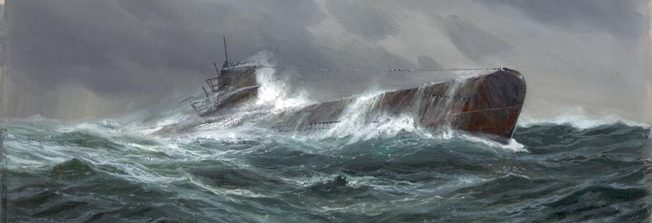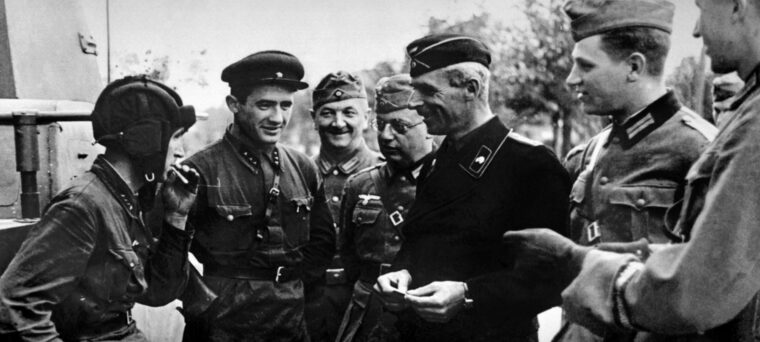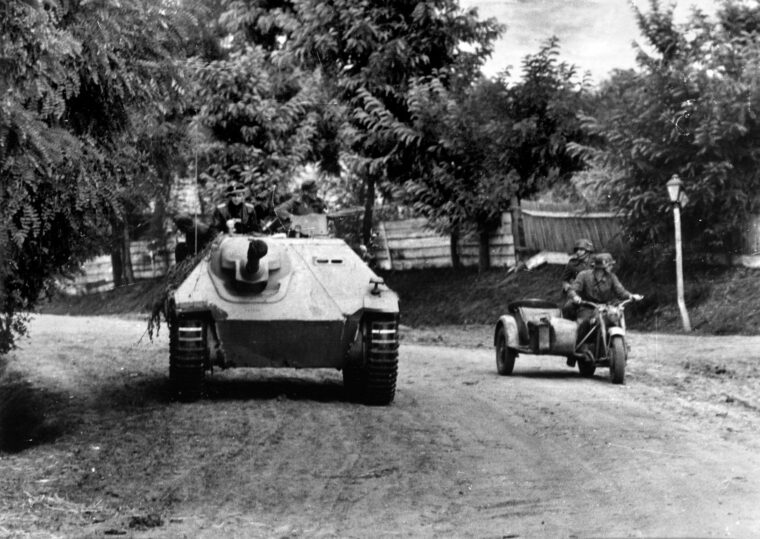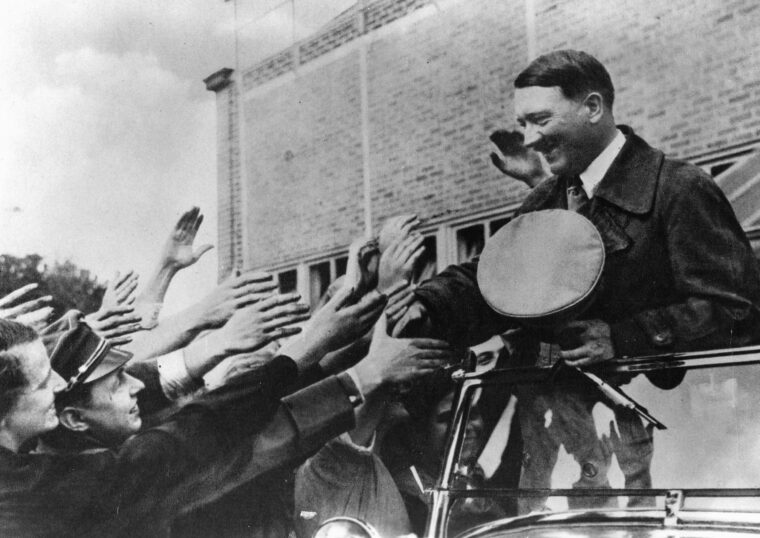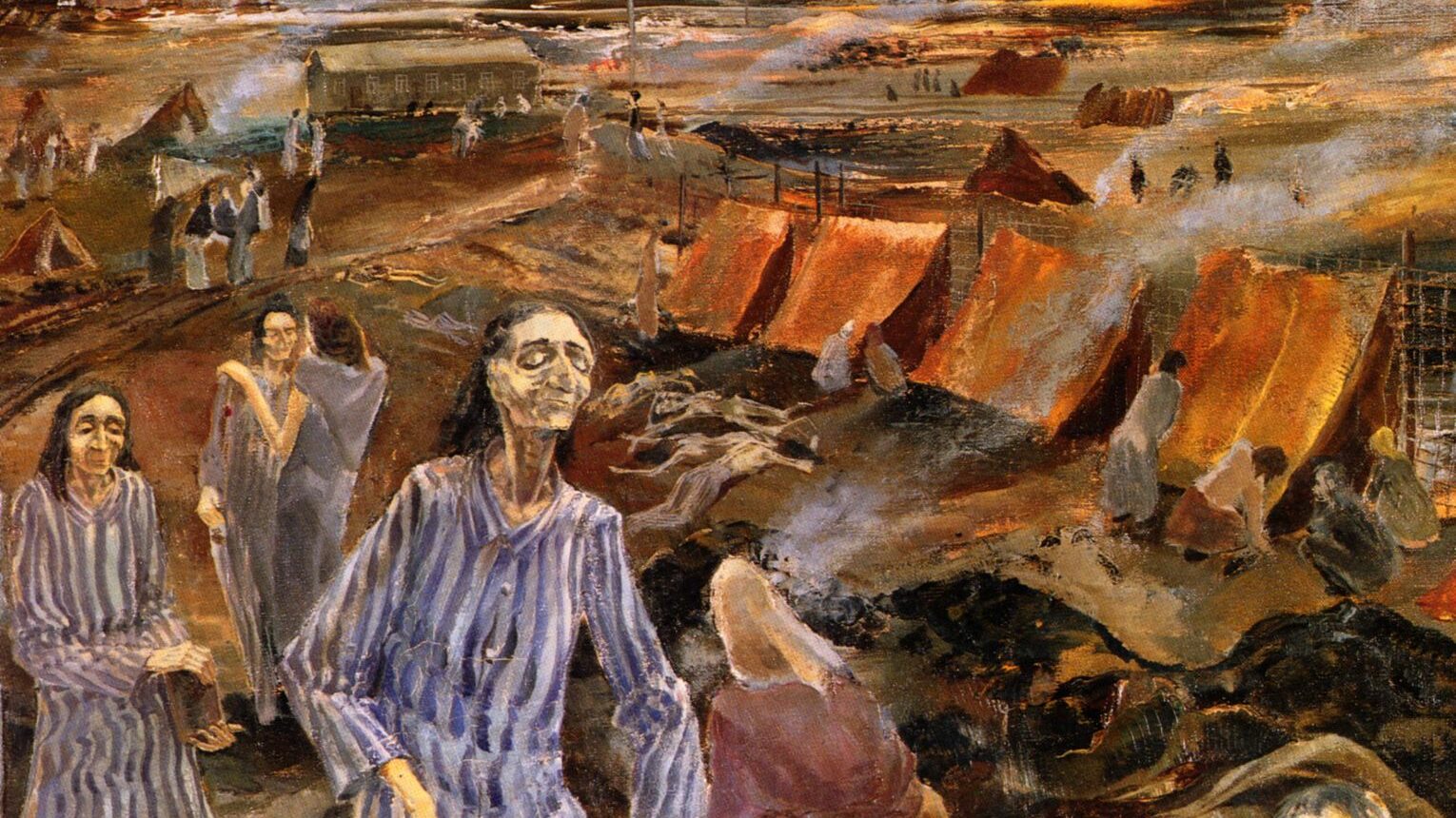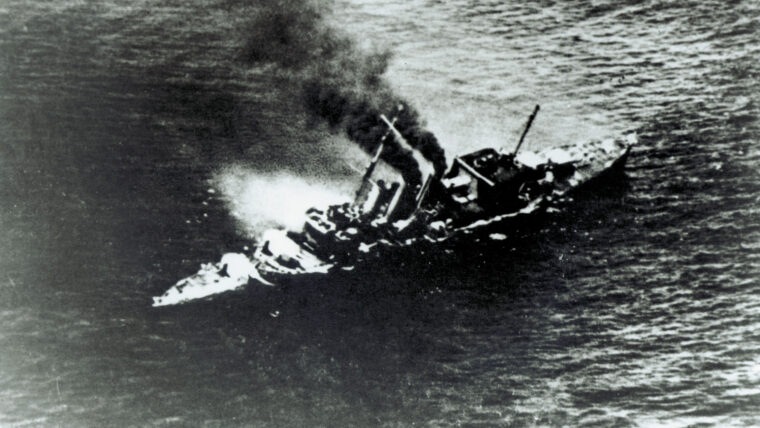
Neville Chamberlain
HMS Cornwall: a Symbol of British Naval Power
By William R. HawkinsFollowing the Washington Naval Treaty of 1922 (and roughly four years prior to the construction of the HMS Cornwall), cruisers became a focus of the interwar naval arms race, no less keenly felt by the British, whose survival depended on the sea-lane. Read more






